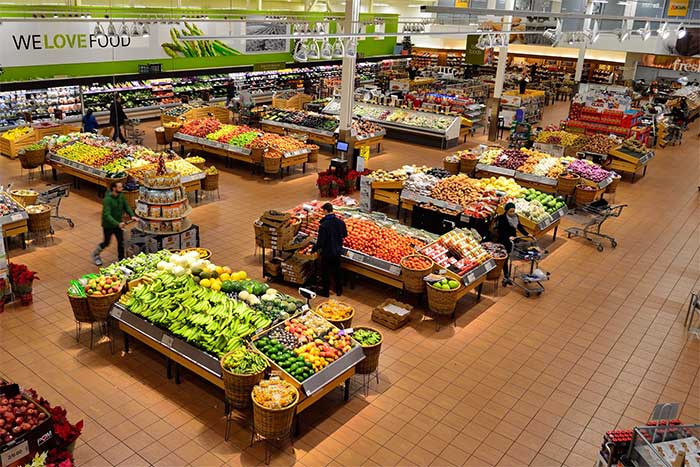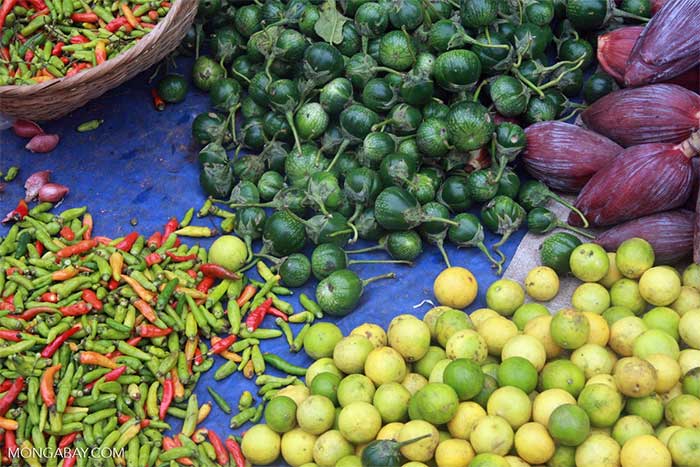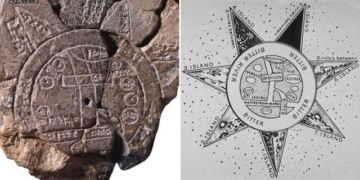The elimination of industrial food production models is currently impossible, but we need timely solutions to mitigate the impact of industrial-style diets on humans.
“Tell me what you eat, and I will tell you who you are” is a phrase written by French lawyer Jean Anthelme Brillat-Savarin in a journal published in 1826. Today, this statement is entirely true in a literal sense, as scientists have found evidence confirming this after decoding the human body.
According to Mongabay, a recent study on the characteristics of human hair and nails shows that we are gradually becoming “more similar” in certain areas of our bodies, and the main reason is the industrial foods consumed daily.
Michael Bird, a contributor to the journal Proceedings of the National Academy of Sciences, recently wrote an article on this issue titled: “Excessive reliance on industrial food is causing chemical changes in humans”. Notably, the article points out that households and communities primarily consuming naturally grown agricultural foods do not experience this issue. Instead, industrial food is impacting a large portion of wealthy urban communities or areas undergoing rapid urbanization.
Specifically, in countries with an average annual income exceeding $10,000, most of their food supply comes from supermarkets, stores, and eateries, and is predominantly produced industrially. Utilizing available data on human diets before 1910 from the study of ancient skeletal remains by archaeologists, Bird and his colleagues analyzed hair and nail samples from contemporary populations and then compared them with archaeological data to identify differences.

Industrial food is impacting a large portion of wealthy urban communities.
The researchers chose the benchmark of pre-1910 because, around this time, humans began widely using synthetic nitrogen fertilizers for industrial farming, a type of fertilizer nicknamed the “cornerstone” of agriculture at that time. They analyzed the ratios of different nitrogen and carbon isotopes found in the remains of ancient human bodies. By studying these ratios, they could draw conclusions about the foods consumed by humans.
Accordingly, the nitrogen isotopes found in synthetic nitrogen fertilizers are extracted from the atmosphere rather than from naturally fertile soil. Specifically, when bacteria in fertilizers convert nitrogen from the atmosphere into forms usable by plants, they produce two different isotopes of nitrogen that do not resemble nitrogen in chemical fertilizers.
When plants absorb nitrogen from the soil, they will take these two nitrogen isotopes in a specific ratio. This ratio will change when the plants become nutrients in the digestive system of another organism. The lighter nitrogen isotopes will be metabolized into energy for the functional activities of the body and excreted as waste, while the heavier nitrogen isotopes remain and persist in the body.
For those purchasing food from large supermarkets supplied by small industrial farms, the nitrogen isotope levels in the populations generally fall within a narrower range. Furthermore, if they consume meat from cattle raised in large-scale industrial farms or plants grown in monoculture fields using fertilizers, the nutrients they contain are produced quickly and entirely artificially. Because if produced naturally, it would certainly not meet current consumption demands.
Bird stated: “We have eliminated too many natural processes necessary for producing food for humans. Everything has become industrialized and lacks any nutrition.” Meanwhile, research on carbon isotopes indicates the types of foods humans consume. For example, those who eat a lot of corn or primarily rice will have different carbon isotope levels in their tissues compared to the average person. However, analyses show that nowadays, the nutritional value of carbon isotopes has also diminished because we are consuming industrial food.

Agricultural production and food consumption models should diversify.
“We know that agricultural production and food consumption models have narrowed globally over the past 100 years, as research and cultivation policies have focused primarily on a few main industrial food types. For instance, grains, olive oil, and sugar, while overlooking many other naturally nutritious foods. It can be said that the harvesting of food from nature is gradually becoming a thing of the past for most modern humans,” said Matin Qaim, an agricultural economist at the University of Göttingen, Germany.
On the other hand, the research indicates that households and communities primarily consuming naturally grown agricultural foods have carbon and nitrogen isotope ratios similar to those living before 1910. According to Qaim, this is not necessarily good or bad for health. He noted: “The authors of this paper have only indicated that past diets were more diverse before entering the ‘agricultural industrialization’ period, without clarifying whether the nutritional status of that time was better than today.”
The problem with industrial farming methods is that they are detached from the natural food chain and lack resilience. The increasing acceleration and shortening of the food chain worry Bird and other scientists. He shared: “Our research is just one of many pieces of evidence showing that excessive reliance on technology in agricultural production will create many potential risks.”
Therefore, when any incident occurs, such as plant diseases or locust plagues, it could throw the entire industrial system into chaos. However, we cannot dismantle industrial agricultural complexes. Returning to old production methods would certainly not meet food supply needs. According to economic historians, the emergence of chemical fertilizers is one of the reasons driving the ever-increasing population.
Agricultural production and food consumption models should diversify, meaning that we need to produce and consume a wider variety of crops both locally and globally. This will be beneficial for nutrition, health, and the environment,” Qaim stated. “We cannot return to the agricultural practices of 100 years ago. We need technology, including new technologies, to adequately nourish the world. But we need to diversify and reduce environmental impacts.”



















































